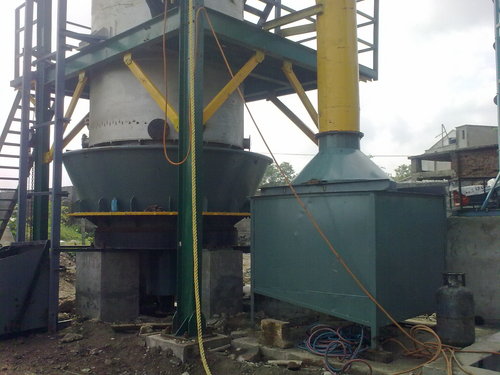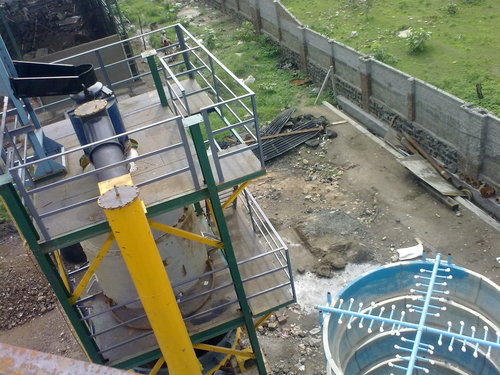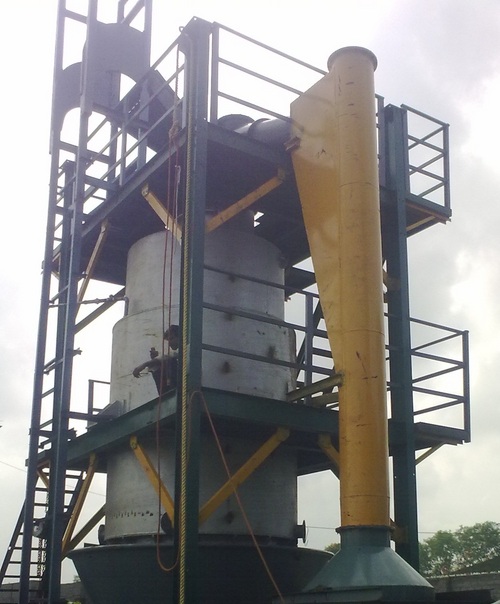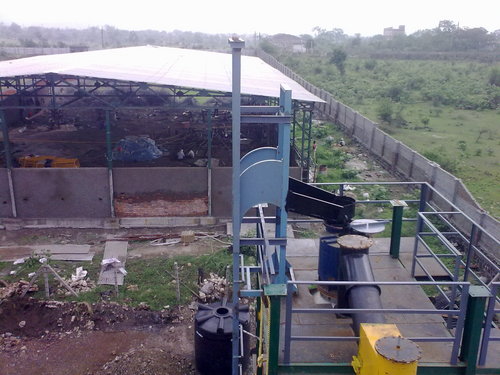
Producer Gas Plants
Product Details:
Product Description
We are highly appreciated in the international market for offering excellent quality Producer Gas Plants. These plants are used to extract gas from various materials like coal and biomass. The gas obtained from the materials is called producer gas, which is used for direct as well as indirect combustion. Our team members have immense experience in the field of fabricating these plants. They make use of sophisticated tools and machines to design adn manufacture these plants. The Producer Gas Plants can be customized in various specifications to meet the exact needs of our customers.
Other details :
The following major reactions take place in combustion and reduction zone
1. Combustion zone
The combustible substance of a solid fuel is usually composed of elements carbon, hydrogen and oxygen. In complete combustion carbon dioxide is obtained from carbon in fuel and water is obtained from the hydrogen, usually as steam. The combustion reaction is exothermic and yields a theoretical oxidation temperature of 1450, The main reactions.
therefore, are:
C + O2 = CO2 (+ 393 MJ/kg mole) (1)
2H2 + O2 = 2H2 O (- 242 MJ/kg mole) (2)
2. Reaction zone
The products of partial combustion (water, carbon dioxide and uncombusted partially cracked pyrolysis products) now pass through red-hot charcoal bed where the following reactions take place
C + CO2 = 2CO (- 164.9 MJ/kg mole) (3)
C + H2O = CO + H2 (- 122.6 MJ/kg mole) (4)
CO + H2O = CO + H2 (+ 42 MJ/kg mole) (5)
C + 2H2 = CH4 (+ 75 MJ/kg mole) (6)
CO2 + H2 = CO + H2O (- 42.3 MJ/kg mole) (7)
Reactions (3) and (4) are main reduction reactions and being endothermic have the capability of reducing gas temperature. Consequently the temperatures in the reduction zone are normally 800-1000. Lower the reduction zone temperature (~ 700-800), lower is the calorific value of gas.
3. Pyrolysis zone
Pyrolysis is an intricate process that is still not completely understood
The products depend upon temperature, pressure, residence time and heat losses. However following general remarks can be made about them. Upto the temperature of 200 only water is driven off. Between 200 to 280 carbon dioxide, acetic acid and water are given off. The real pyrolysis, which takes place between 280 to 500, produces large quantities of tar and gases containing carbon dioxide. Besides light tars, some methyl alcohol is also formed. Between 500 to 700 the gas production is small and contains hydrogen.
Thus it is easy to see that updraft gasifier will produce much more tar than downdraft one. In downdraft gasifier the tars have to go through combustion and reduction zone and are partially broken down.
Since majority of fuels like coal and biomass residue do have large quantities of tar, downdraft gasifier is preferred over others. Indeed majority of gasifiers, both in World War II and presently are of downdraft type.
Finally in the drying zone the main process is of drying of coal. coal entering the gasifier has moisture content of 10-30%. Various experiments on different gasifiers in different conditions have shown that on an average the condensate formed is 6-10% of the weight of gasified coal. Some organic acids also come out during the drying process. These acids give rise to corrosion of gasifiers.
Other Products in 'Gasifier ' category
 |
URJA THERMAL SOLUTIONS
All Rights Reserved.(Terms of Use) Developed and Managed by Infocom Network Private Limited. |




